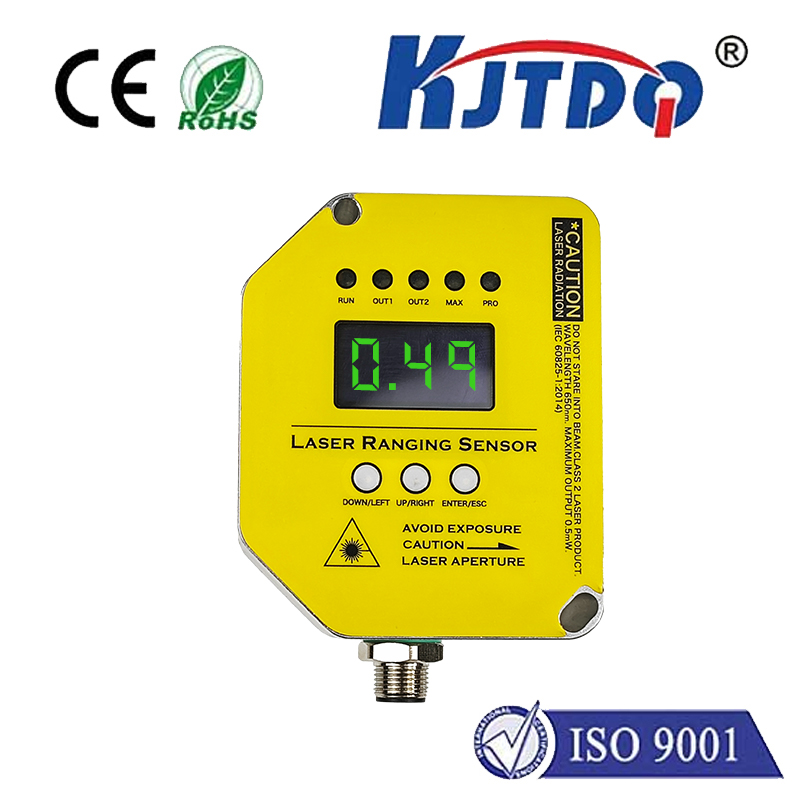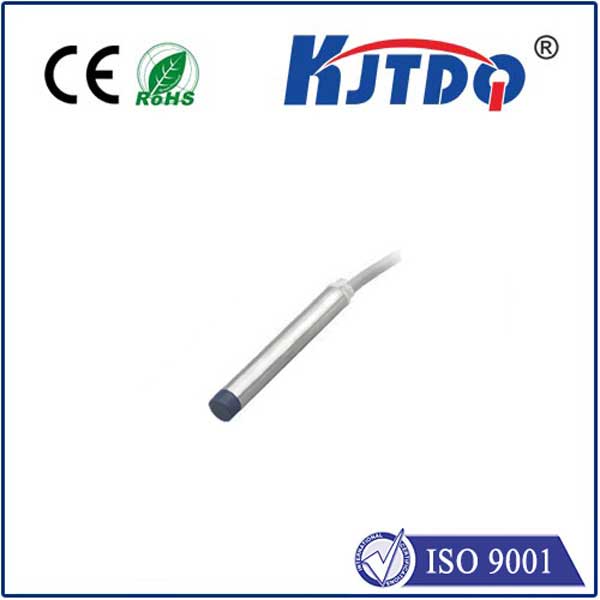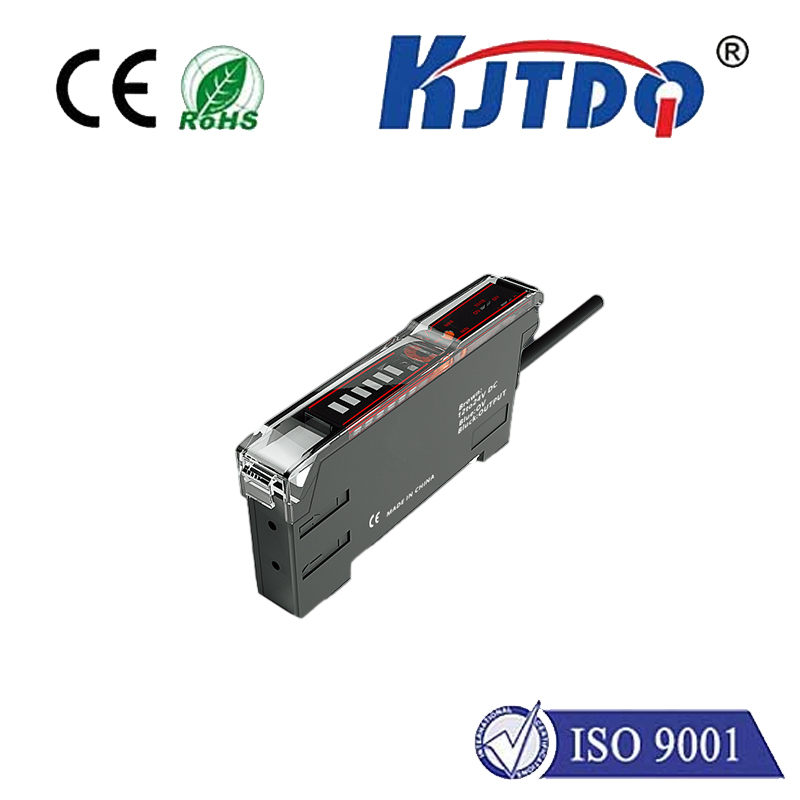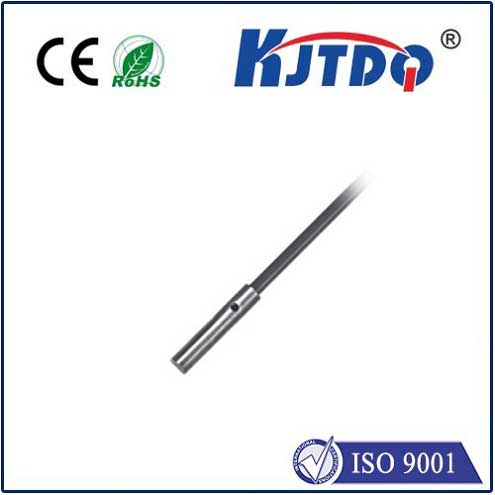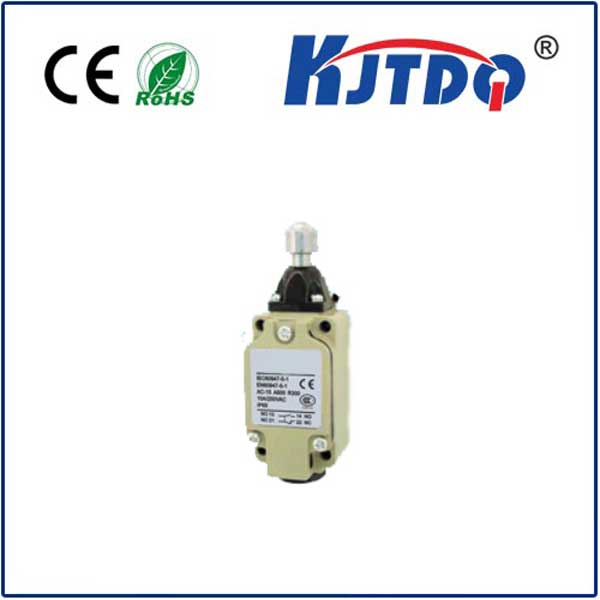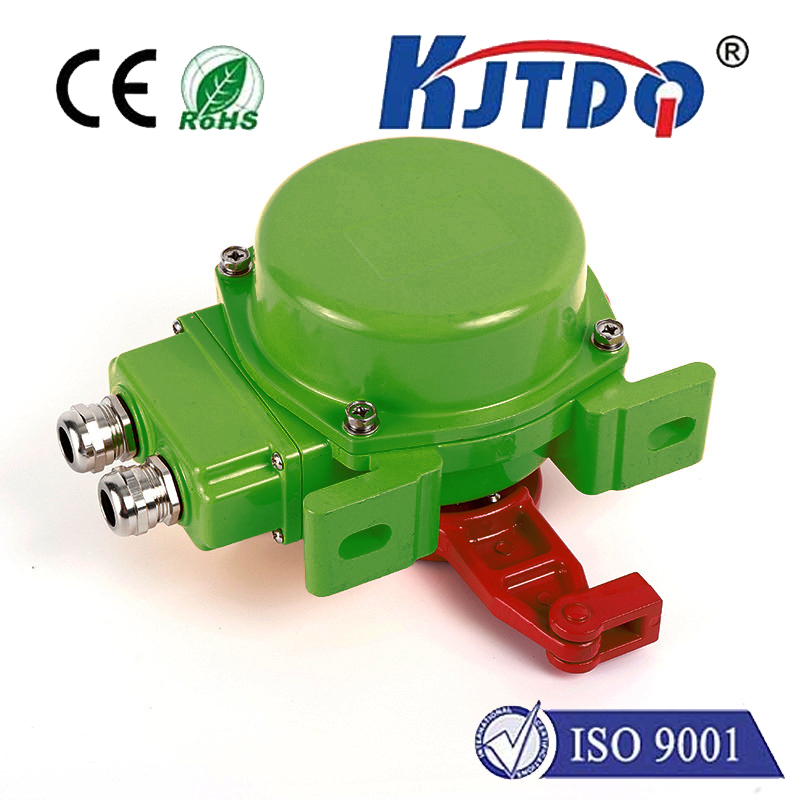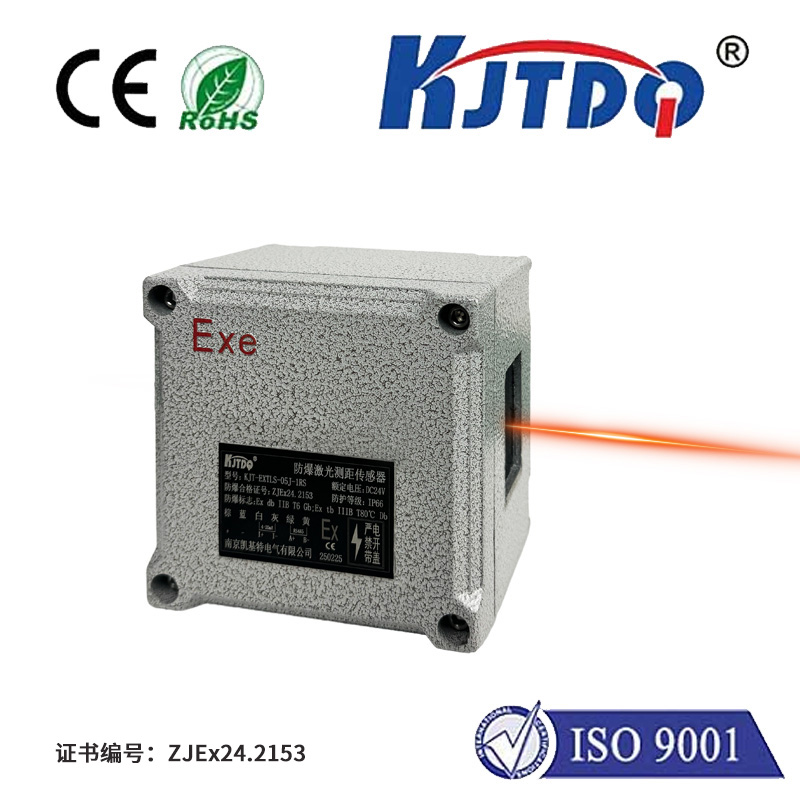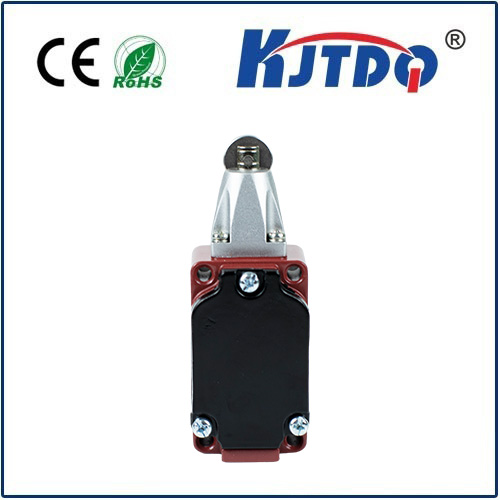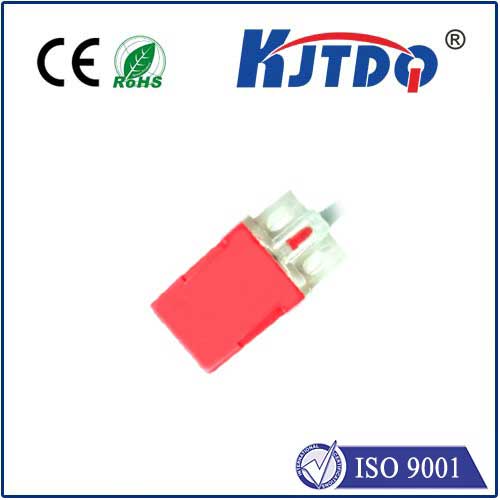

check

check

check

check

check

check

check

check

check

check
Body: The 5 volt proximity sensor is a low-cost and simple solution for detecting the presence or absence of objects in a given range. It works on the principle of electromagnetic induction, where a change in电磁场 caused by the proximity of an object triggers a response in the sensor. This technology has numerous applications in various industries, from robotics and automation to healthcare and automotive.
One of the primary advantages of the 5 volt proximity sensor is its affordability. Unlike other sensors that may require higher voltages or complex circuitry, this sensor can be easily integrated into any system at an economical cost. Its small size and low power consumption also make it ideal for portable devices and wearables. Additionally, the simplicity of the sensor's design ensures ease of use and maintenance.
In terms of applications, the 5 volt proximity sensor finds widespread usage in industrial automation systems. It can be used to detect the presence of workers in hazardous areas, monitor the movement of equipment, and control processes based on proximity. In the field of medicine, it can assist with tasks such as patient monitoring, drug delivery, and surgical procedures. In the automotive industry, it can be employed in parking systems, collision detection, and remote start/stop functions.
Despite its many benefits, there are some limitations to the performance of the 5 volt proximity sensor. One major challenge is its sensitivity to external factors such as metal objects, electromagnetic interference, and temperature fluctuations. To overcome these issues, manufacturers often include protective barriers or calibration procedures to optimize sensor performance.
Overall, the 5 volt proximity sensor offers a reliable and cost-effective solution for detecting object proximity in a wide range of applications. With continued advancements in technology, it is likely that this sensor will become even more versatile and widely adopted in various industries.
